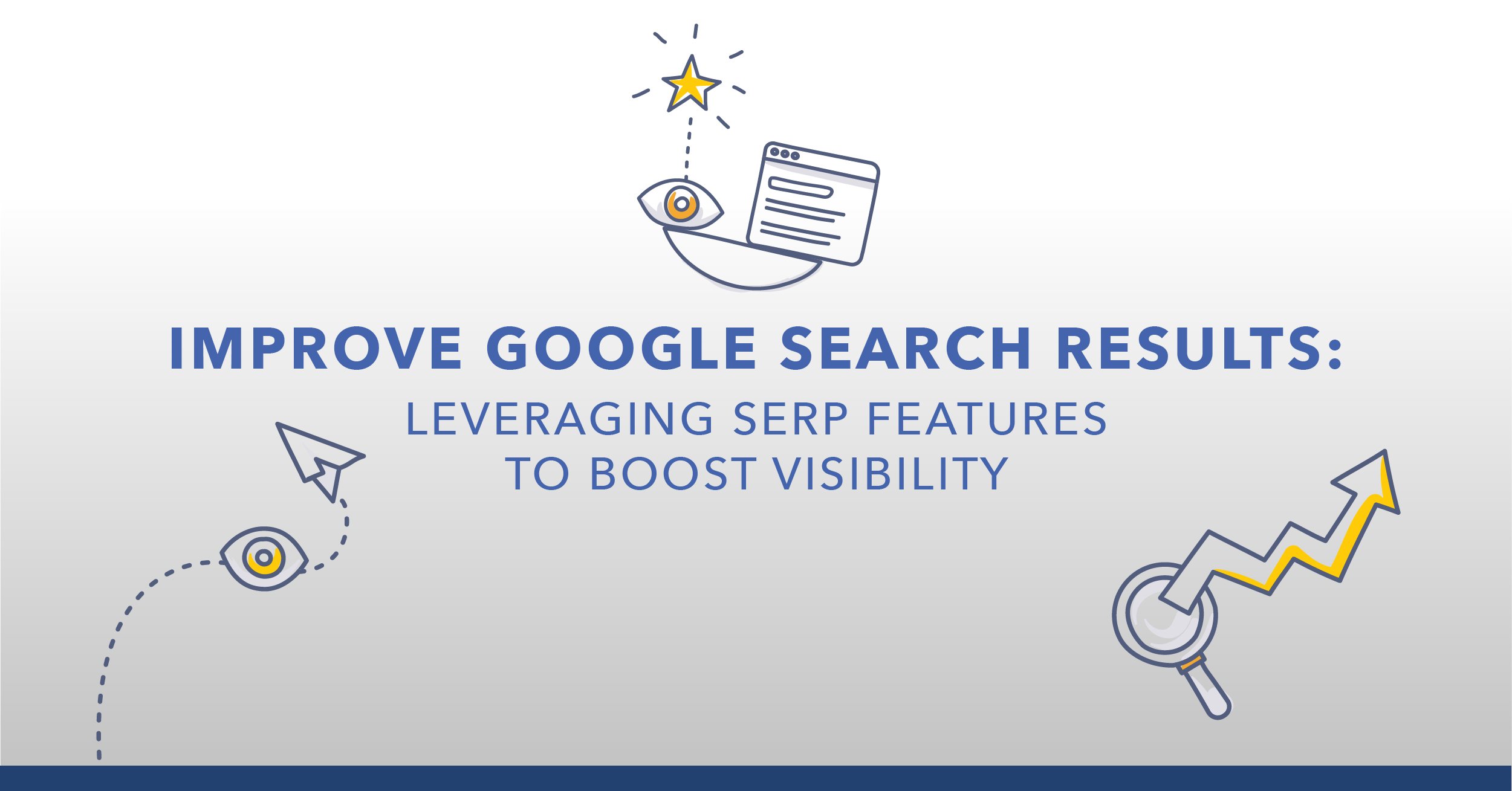Traditional rank tracking that only tracks the blue organic links doesn't consider the varying heights of SERP features like Google ads, carousels, or rich snippets, which can push organic results further down.
This has caused CTR to plummet and organic traffic to drop all without a change in the reported rank position.
So how do you capture the true visibility of your webpages?
Pixel rank tracking provides a much-needed solution to outdated rank-tracking methods.
Below, we’ll go over what pixel ranking is, why it’s important for SEO, and how to track pixel rank at scale.
Table of Contents:
- What Is Pixel Rank?
- Why Is Pixel Ranking Important for SEO?
- How is Pixel Rank Determined?
- Factors Affecting Pixel Rank
- How to Monitor and Measure Pixel Rank at Scale
What Is Pixel Rank?
Pixel rank is a metric that measures a webpage's position on a search engine results page (SERP) in terms of its actual pixel height.
Unlike traditional rank tracking, which uses a numerical system to indicate the website’s position, pixel rank considers the varying sizes and placements of SERP elements such as featured snippets, paid ads, carousels, and rich results.
By focusing on pixel height, this approach provides a more precise understanding of a webpage's visibility and how much screen real estate it occupies.
Why Is Pixel Ranking Important for SEO?
Pixel rank tracking is particularly useful in modern SEO because search engine results pages have become more complex (and crowded), with SERP features like Google ads, carousels, and rich snippets often taking up significant space.
Just look at how much the SERP has changed over a 5-year period for the search query "hotels."
Traditional ranking methods are often misleading since a page that ranks in a top position may not actually appear at the top of the SERP – or even in the first fold.
Pixel rank helps identify whether a top-ranked page is truly visible or if it's overshadowed by other SERP features.
With the potential impending release of Google’s Search Generative Experience which threatens to take up a significant portion of the SERP (especially for informational queries), pixel rank tracking is now more important than ever.
Here’s an example of how SGE presents for a mobile search on “what to consider when buying a bicycle.”
How is Pixel Rank Determined?
Pixel rank is determined by measuring the exact position and height of a webpage on a search engine results page in terms of pixels.
To calculate pixel rank, specialized tools or software simulate the SERP for specific queries, considering screen resolutions, device types, and browser-specific variations.
These tools analyze the vertical position of the webpage relative to other SERP elements, calculating the total pixel distance from the top of the page to the start of the webpage's content.
Factors Affecting Pixel Rank
Pixel rank is influenced by several factors related to the layout and content of SERPs such as:
- SERP Features: Elements like carousels, featured snippets, knowledge panels, and other rich results can occupy substantial vertical space on the SERP, pushing organic search results down. Their presence and size directly affect pixel rank.
- Ad Placement: The position and number of paid advertisements on the SERP can significantly impact pixel rank, as they often appear at the top or in other prominent positions, displacing organic content.
- Device Type: Different devices (desktop, mobile, tablet) have varying screen sizes and aspect ratios, impacting how much content is visible at a glance. For example, the first fold is generally measured at 800 pixels on desktop and just 400 pixels on mobile.
- Search Engine Updates: Algorithm changes can affect SERP layout updates that lead to variations in pixel rank by altering the placement of different elements on the page.
How to Monitor and Measure Pixel Rank at Scale
While some SEO tools might indicate whether your ranking is above or below the fold or how deep it sits on the SERP, only Visibility Share offers advanced metrics to predict true ranking performance.
It measures the actual pixel depth of every SERP feature as humans see it, providing insights into your Share of Visibility for any keyword, domain, or competitor.
See Visibility Share in action here:
To more accurately assess the value of current rank positions, it determines:
- the distance from the top of the page
- the fold in which your result appears
- the pixel height of your listing
- the opportunity for organic placement in the first fold
- the number of organic search results on the SERP
In addition to showing how far down the page your top-ranking result is, Visibility Share also reveals the elements taking up real estate above your website’s position. This clear view of the SERP opens new opportunities, allowing you to strategize and capture valuable search features to increase visibility.
See how our client, SpareFoot, uses visibility share to quantify the impact of SERP features at scale.
With Visibility Share, you can also compare against any competitor domain on-the-fly to understand their actual visibility relative to yours.
Recommended Reading: The Full Search Picture: Driving Value With Visibility Share
Conclusion:
By providing a clearer understanding of a web page's true visibility, pixel rank helps digital marketers make more informed decisions about SEO strategies and content optimization.
Whether you're looking to measure and forecast ranking performance with greater accuracy or identify new opportunities to capture valuable screen real estate, pixel rank is key.
If you're ready to take your SEO to the next level, try Visibility Share and unlock a new level of insight into your search engine rankings.
Schedule a demo to learn more about Visibility Share and start optimizing your SEO strategy today.








Comments
Currently, there are no comments. Be the first to post one!